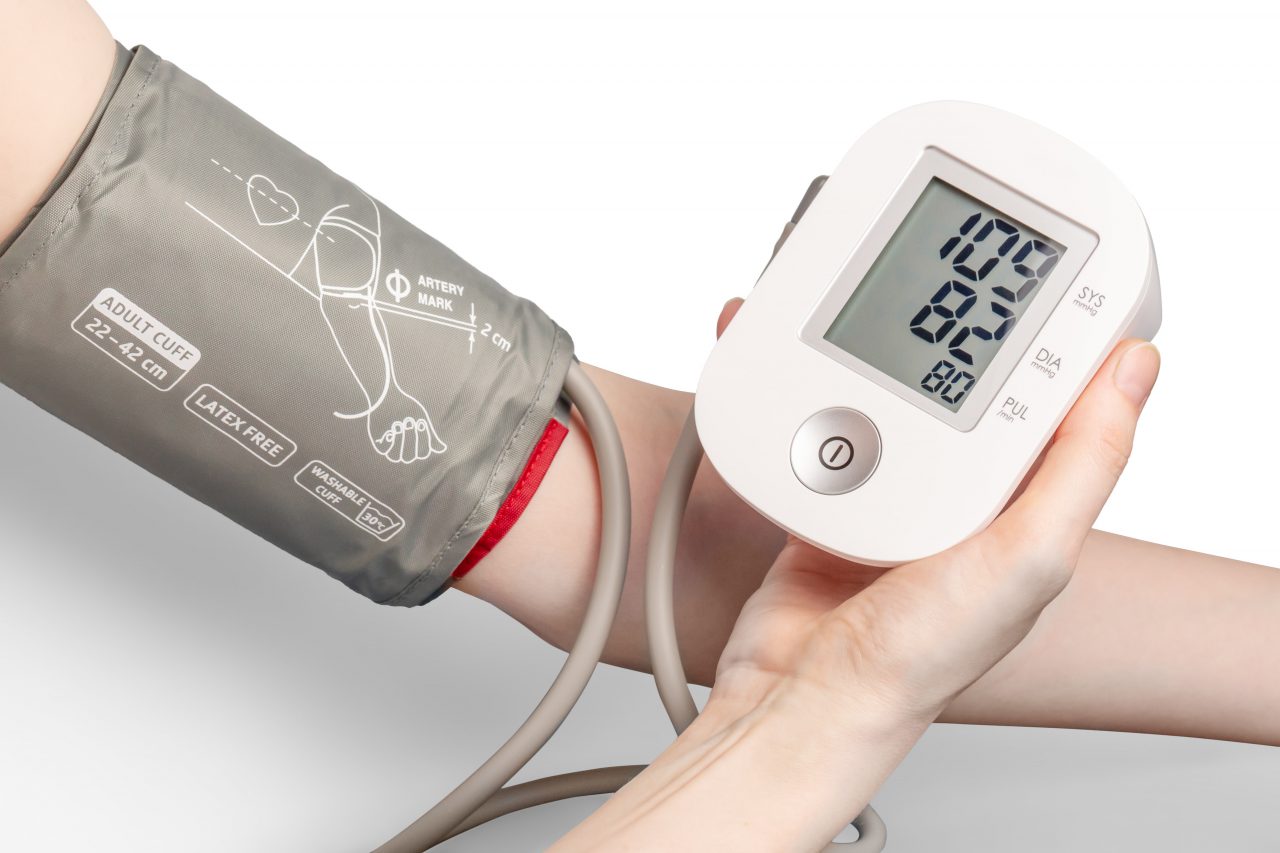
Various studies have shown that weight training can decrease both systolic and diastolic blood pressure
There seems to be a lot of confusion around weight training for those who have hypertension, with the concern that this increases both systolic (top number) and diastolic (bottom number) blood pressure when weight training. Most people who have hypertension have avoided resistance training in fear of excessive rises in blood pressure.
Where this is true, various studies have shown that weight training (if done correctly) can decrease both systolic and diastolic blood pressure by 3 mm Hg after at least 4 weeks.
Those who struggle with their weight want to lose weight to help lower their blood pressure.
Resistance weight training will not only aid in this but will also help grow stronger muscles which will help burn calories during the day.
Recommendations
- The more muscle mass you use, the greater the blood pressure response.
Performing exercises like chest press, leg press, leg extensions, where you are using both arms or both legs together will increase blood pressure more than what single arm exercises will. - The more weight you lift, the greater the blood pressure response.
Based on your 1RM (Rep Max) you should be aiming for around 30-40% of your 1RM for upper body exercises and 50-60% for lower body exercises. - Repetitions performed, the greater the blood pressure response.
Bloody pressure will increase the more repetitions you do in any set. This peaks at the end of a set to exhaustion even with light weights. Because of this, you should avoid sets where you reach complete muscle failure. Start with one set and gradually increase to 3 sets depending on your goal. - The Speed of lifting can affect your blood pressure response.
When lifting weights, you should keep a controlled speed throughout the full range of motion. Lifting to slowly can increase the blood pressure response. - Rest between sets can affect your blood pressure response.
If you rest 30-60 seconds between sets, blood pressure tends to increase with each set.
Although, when resting 90 seconds or more, blood pressure doesn’t seem to be elevated with each set. Rest of 90 seconds or more is highly recommended.
1 Rep Max Testing
One RM strength testing may no be appropriate for someone with hypertension at the beginning of weight training. It is usually best to wait 6-8 weeks after initially starting a resistance weight training program. This is to check how the individual will respond to a low intensity training program before you test for the 1 RM testing.
Blood Pressure Check
In the beginning, it is important to test your blood pressure before and after each training session to determine the effects each session has. This will give you a clear indication if you need to change anything within the session to keep you blood pressure under control.
Important Information
If you are taking any kind of medication for blood pressure, be very cautious when moving from a standing or seated position after completing an exercise. Sudden changes in your body position can lead to a rapid drop in blood pressure which can cause dizziness.
If resting blood pressure is 180/120 mm Hg or higher, resistance training should not be
performed. Hypertensive individuals with systolic blood pressures between 140–179 and
diastolic blood pressures between 90-119 mm Hg should consult with their doctor before
starting a resistance training program



